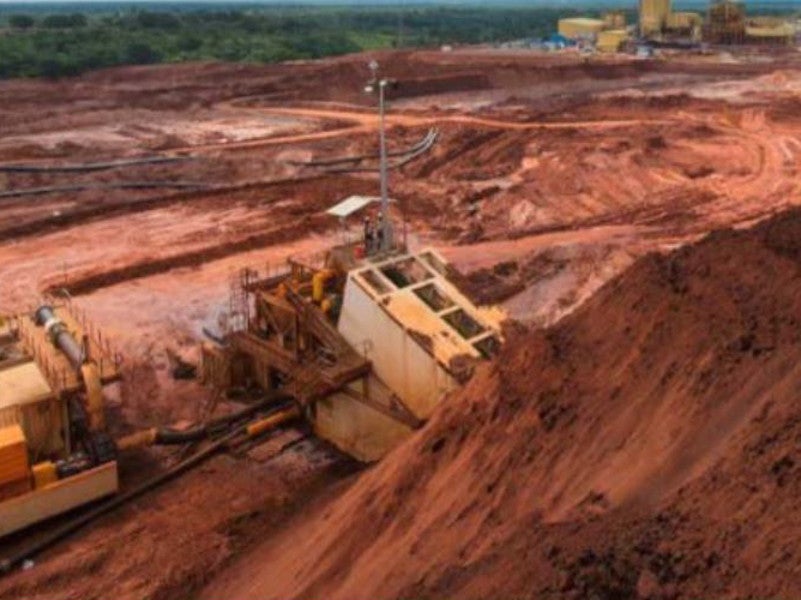The Toliara mineral sands project is a high-grade mineral sands project located approximately 55km from the town of Toliara in Madagascar. Base Resources acquired the project in January 2018 and is developing it through its Malagasy subsidiary, Base Toliara.
The project includes the Ranobe deposit, which hosts heavy minerals (HM) such as ilmenite, rutile, and zircon. The deposit is being developed in two stages with investments of £332m ($439m) and £51m ($67m), respectively.
Pre-feasibility study (PFS) of the project was completed in March 2019. The mine is expected to produce 806,000t of ilmenite, 54,000t of zircon, and 8,000t of rutile through its anticipated life of 33 years.
The mineral sands project is expected to commence production by the end of 2021.
Toliara mineral sands project location, geology, and mineralisation
The Toliara mineral sands project is situated approximately 640km south-west of Antananarivo, the capital city of Madagascar. It is located within the mining lease Permis D’Exploitation 37242 (PE 37242).
The Ranobe deposit is divided into three mineralised units namely upper sand unit (USU), intermediate clay sand unit (ICSU), and lower sand unit (LSU).
USU is classified as a well-sorted and fine-grained unconsolidated aeolian sediment comprising 5% slime and 6% HM. The ICSU hosts high slime content with an average sandy clay and clayey material of 4% HM and 25% slime.
The LSU comprises orange brown medium-grained quartz sand with medium slime content.
Reserves
The Toliara project is estimated to contain mineral resources of 1.29 billion tonnes, grading at 5.1% Heavy Mineral (HM) and 6.4% slime or clay (SL).
Mining at Toliara mineral sands project
Conventional dozer trap, with in-pit deposition of generated tailings, is proposed for the Toliara mineral sands project.
Mining activity is proposed to be conducted in two stages, with the first stage anticipated to deliver 13Mtpa to the WCP in the first 3.5 years. The second stage is expected to deliver 19Mtpa for the rest of the mine life.
The run of mine (ROM) ore will be fed to the dozer-trap mining unit (DMU) conveyor, which discharges to a slurry area. The screen undersize will be pumped to the wet concentration plant.
Processing at Toliara mineral sands project
In addition to two DMUs, the processing plants will be equipped with two wet concentrator plants (WCP), one mineral separation plant (MSP), and other associated facilities. The two DMUs will have a capacity of 1,750tph and 825tph each, while the MSP is capable of separating 140tph.
The WCP will use a simple three-stage spiral circuit to produce a total mineral concentrate with a grade of more than 90%. The crushed material will be conveyed to a de-sliming cyclone and thickening circuit, with the resultant product passing through rougher and scavenger processes.
The resultant heavy mineral concentrate (HMC) will be conveyed to the MSP surge tank. The MSP will produce ilmenite, rutile, and zircon final products, which will be stored in 1,000t bins (500t for rutile).
Infrastructure
The Toliara project can be accessed through the RN9 followed by an upgraded existing road, which will be extended to the site. A 45km-long sealed, haul and permanent access road will be developed in addition to a concrete bridge over the Fiherenana River.
Water will be collected from two bore fields located within the mining area.
An independent power producer (IPP) will supply the power required by the project. The IPP proposes to use a combination of heavy fuel oil (HFO), solar photovoltaic (PV) and battery system to generate power.
Contractors involved
Mineral Technologies and Lycopodium prepared the PFS of the Toliara mineral sands project, while Knight Piesold prepared the ground water modelling structure.





